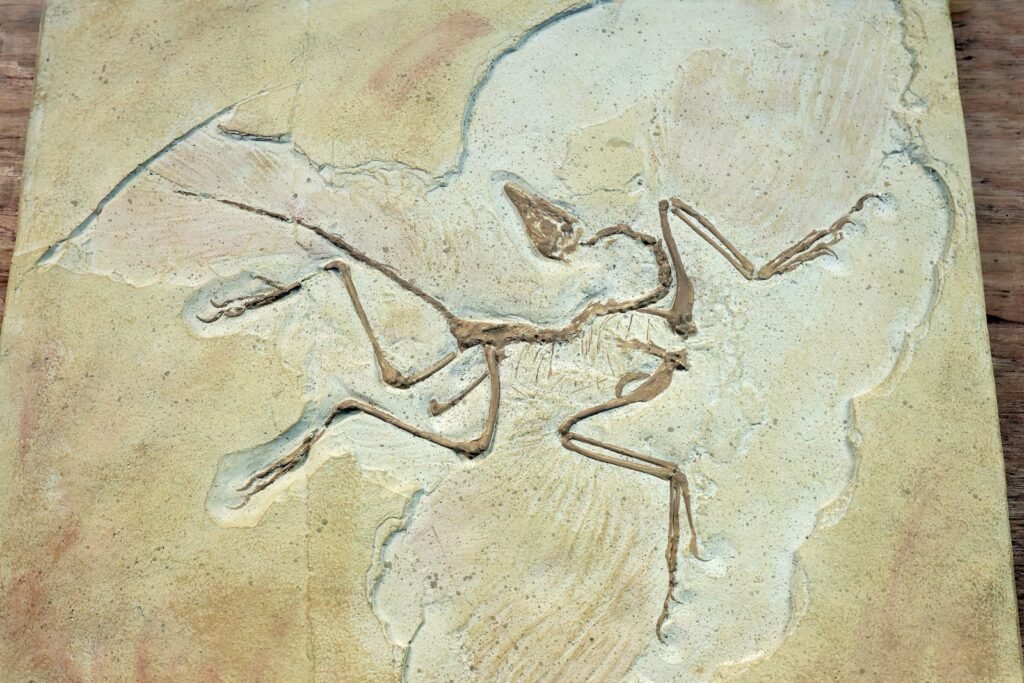Science loves a clean origin story, but the truth is messier – and far more exciting. Our understanding of prehistory was built not just on eureka moments but on glorious blunders that jolted entire fields forward. From shark teeth mistaken for magical “tongues” to dinosaur parents smeared as thieves, each error carried a lesson that reshaped methods, tools, and mindsets. What follows is a tour of ten misidentifications that didn’t just correct the record – they rewired how scientists ask questions, test claims, and tell the story of life on Earth.
The Hidden Clues: When “Tongue Stones” Became Shark Teeth
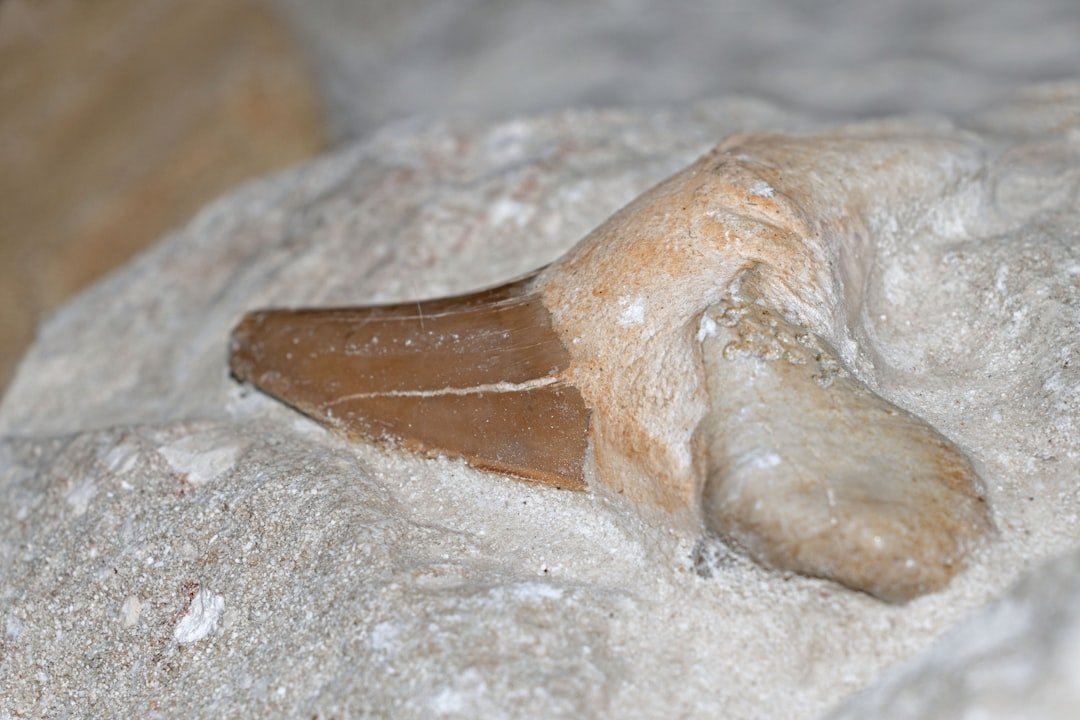
Imagine being told that a fossil in your hand was a petrified serpent tongue – mysterious, powerful, a relic of storms. For centuries, that was the popular belief about triangular teeth found in rocks, until a careful comparison revealed they matched the teeth of living sharks. The pivot wasn’t just about naming an object; it demanded a new way to think about fossils as the remains of once-living creatures rather than curiosities. Suddenly, strata became archives, and shapes became evidence rather than superstition.
This shift helped establish core principles of geology and paleontology, encouraging scientists to link form, function, and environment across deep time. It’s a quiet reminder that the first big step in science is seeing a thing for what it is, not what we want it to be.
From “Bezoar Stones” to Coprolites: A Messy Revelation
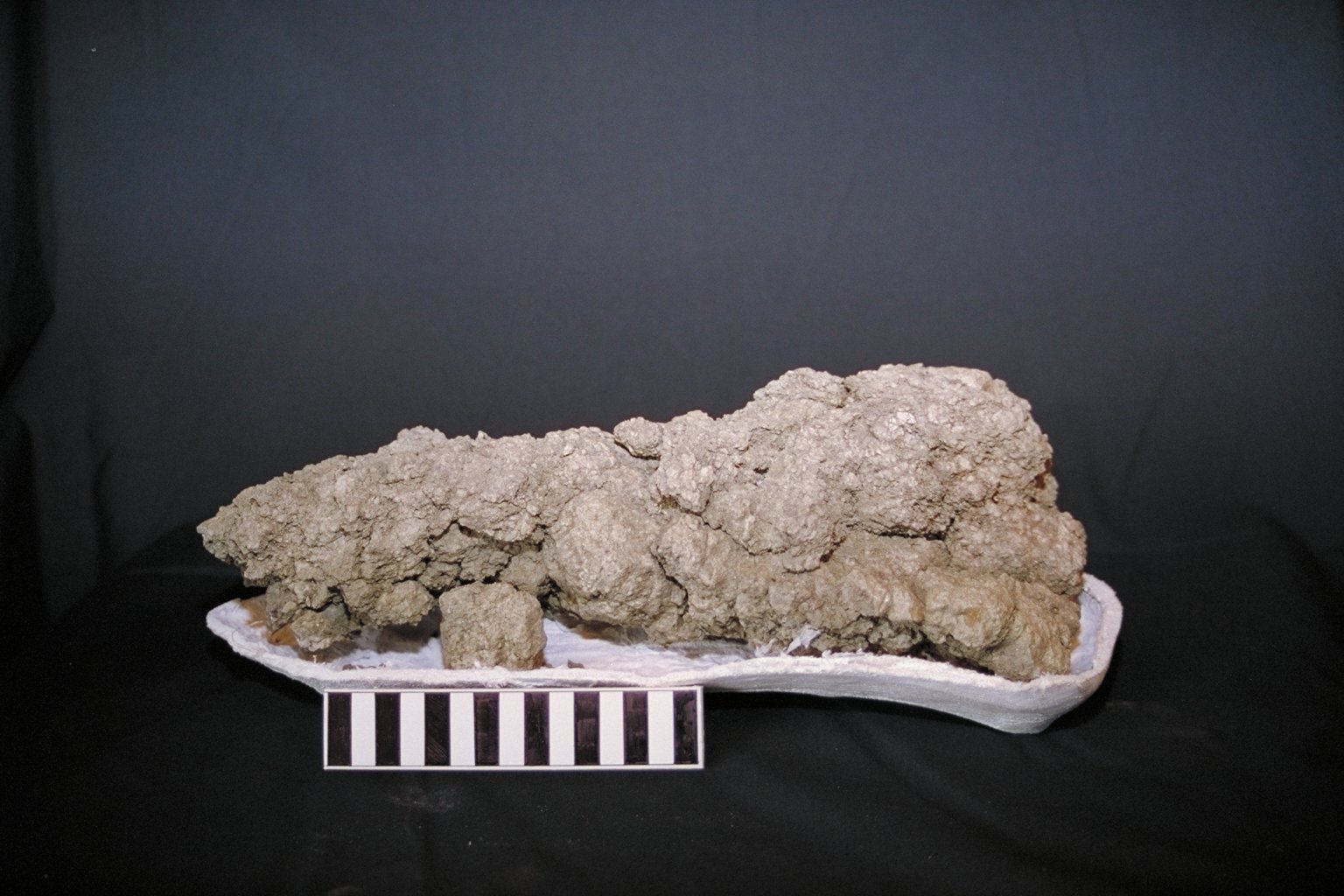
Before the word coprolite entered textbooks, many fossilized droppings were dismissed as odd mineral lumps or even botanical remnants. Closer inspection – right down to embedded fish scales and bone fragments – revealed they were the petrified remains of ancient meals. That recognition opened a new window on prehistoric diets, food webs, and ecosystems, turning waste into data.
It also nudged paleontology toward more holistic questions: not just what an animal looked like, but how it lived and where it fit in a community. It’s hard not to smile at the irony – some of the best stories in the fossil record were hiding in what everyone wanted to ignore.
Thunderbolts or Tools? Stone Handaxes Get Their Due
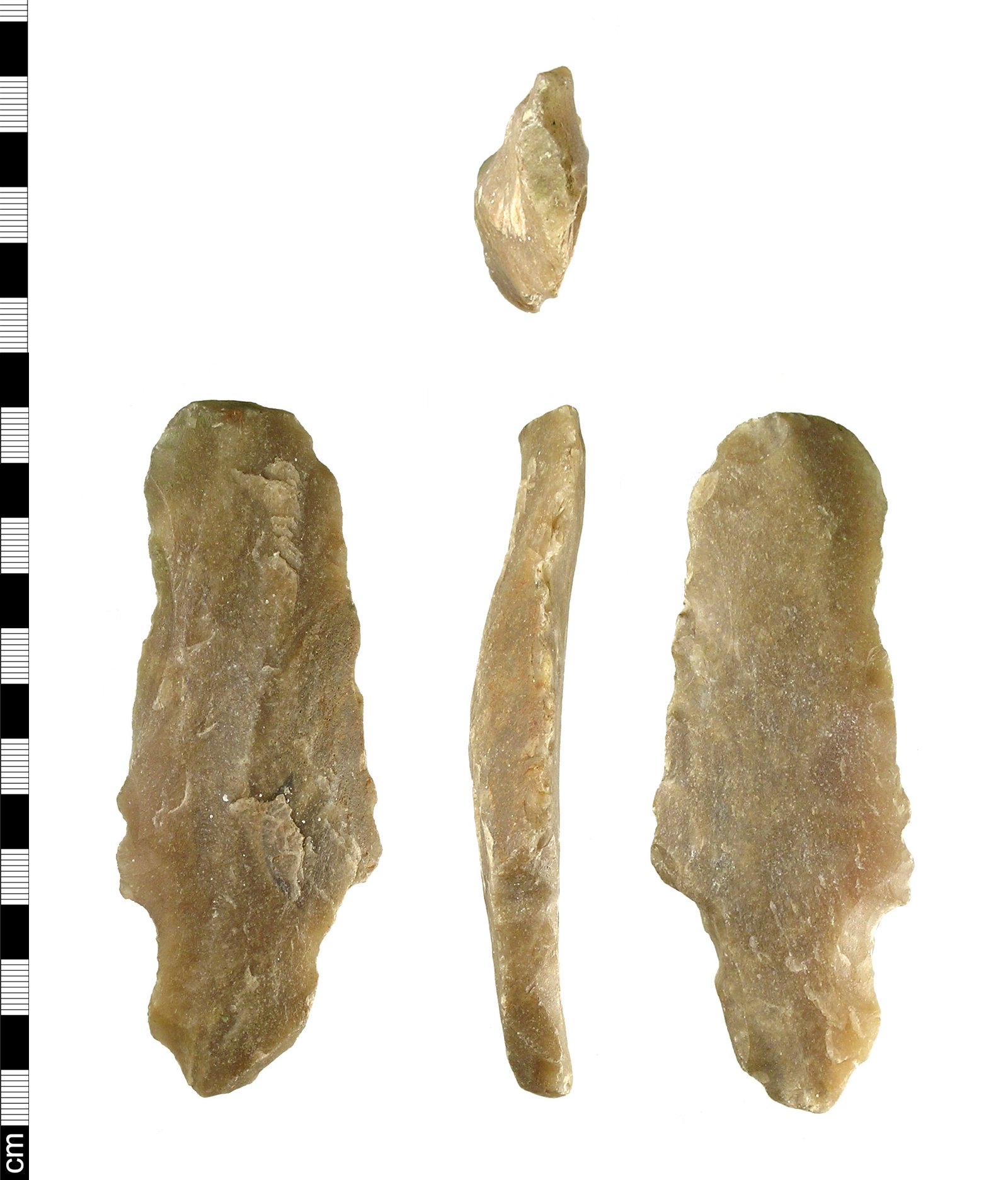
For a long time, neatly flaked stones were chalked up as “thunderbolts” hurled from the sky. That poetic explanation collapsed when patterns of shaping, wear, and context revealed deliberate human craftsmanship. Recognizing handaxes as tools didn’t just validate ancient ingenuity; it extended humanity’s timeline and demanded a deeper timeline for Earth itself.
Archaeologists began reading landscapes like libraries, dating layers, and tying artifacts to behavior rather than legend. The result was a more human story – one that replaces magic with skill and patience with purpose.
A Sea Monster’s True Name: The Mosasaurus Mystery
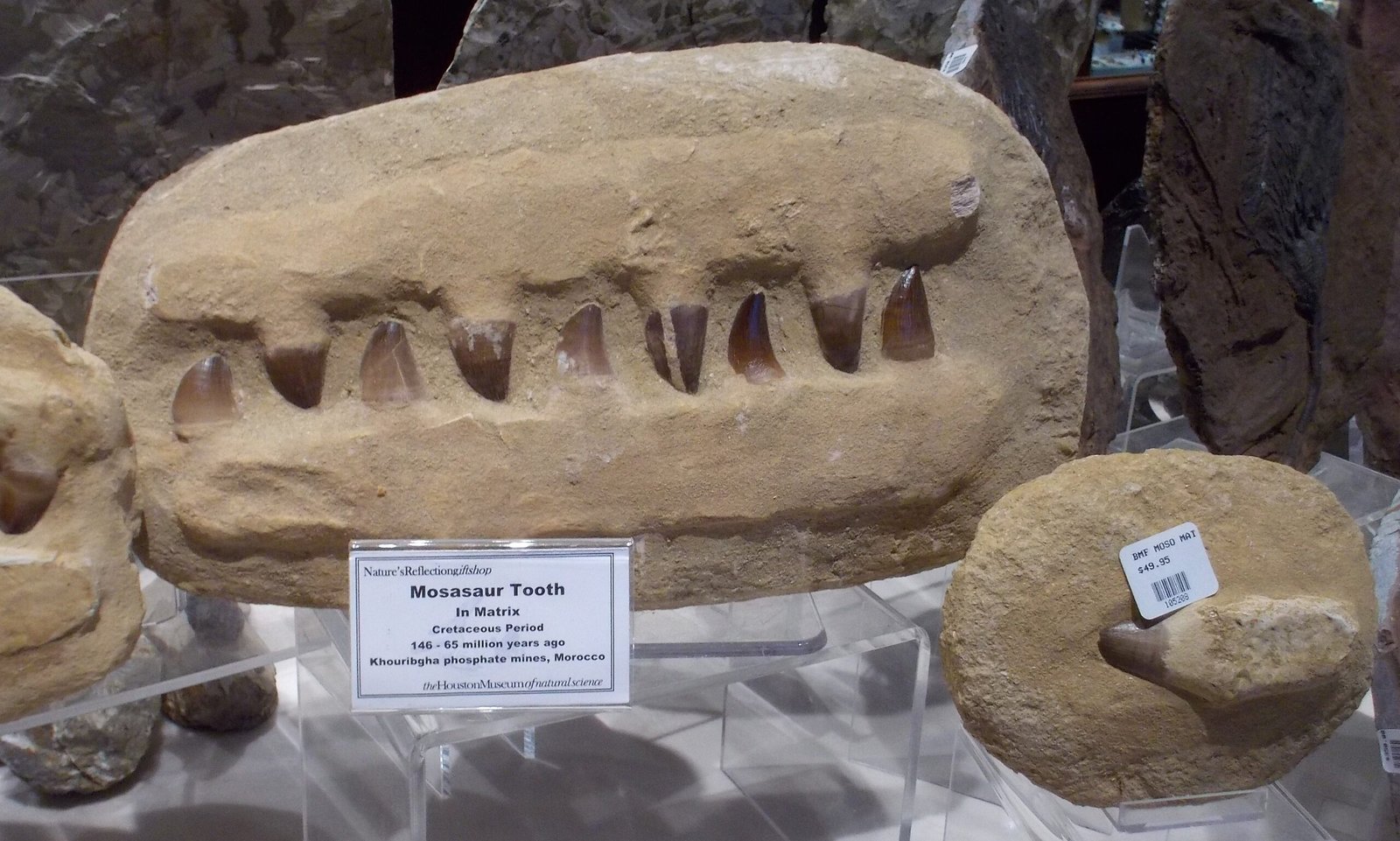
When a giant skull emerged from limestone quarries near Maastricht in the mid-eighteenth century, even experts struggled to classify it. Was it a whale, a crocodile, or something stranger still? Anatomical comparisons eventually nailed it as a colossal marine lizard – Mosasaurus – and that verdict did more than settle a debate.
It showcased the power of comparative anatomy and careful measurement over guesswork. The lesson: bones speak a language, and when you learn its grammar, even a fragment can rewrite a chapter of Earth’s past.
The Nose That Wasn’t: Iguanodon’s Misplaced Horn
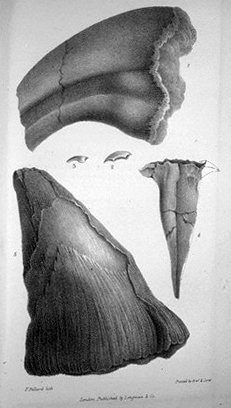
Early reconstructions of Iguanodon famously placed a sharp “horn” on its snout, an inspired guess that turned out to be the thumb. Only with more complete skeletons did the puzzle click, and a new vision of the dinosaur emerged – stance, hands, and all. This wasn’t a trivial cosmetic fix; anatomy shapes hypotheses about behavior, locomotion, and ecology.
The correction nudged museums and artists toward evidence-first reconstructions and underscored the value of complete specimens. I still remember staring at a thumb spike in a museum case, thinking how a single bone can flip a whole narrative on its head.
The Brontosaurus Problem: A Name, a Skull, and a Public
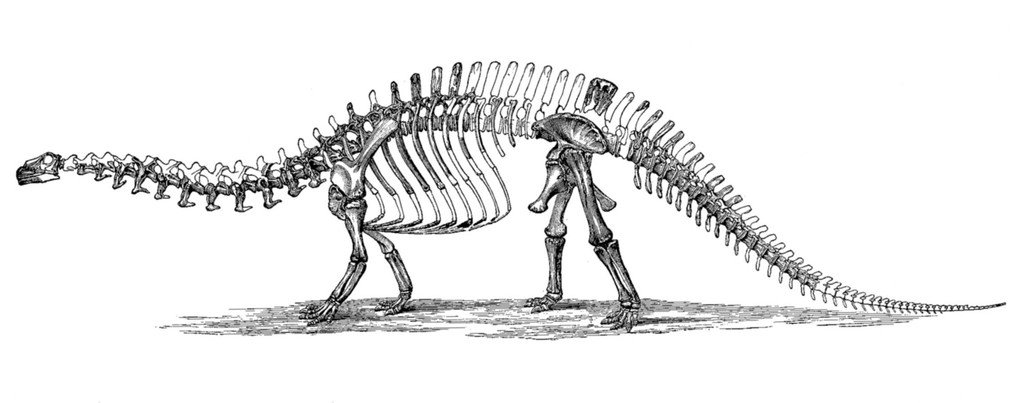
The dinosaur we grew up calling Brontosaurus was long folded into Apatosaurus after taxonomic review, and for decades the iconic mount even wore the wrong skull. Later analyses suggested the name Brontosaurus might indeed mark a distinct genus, illustrating how classification evolves with new datasets and methods. Beneath the name drama lies a deeper story: the hazards of rushing reconstructions and the need to match skulls to skeletons through rigorous, comparative work.
Public affection for a name collided with scientific caution, highlighting how communication can be as tricky as anatomy. The takeaway was pragmatic – slow down, test assumptions, and make labels follow the evidence, not the other way around.
The “Egg Thief” Exonerated: Oviraptor as a Devoted Parent
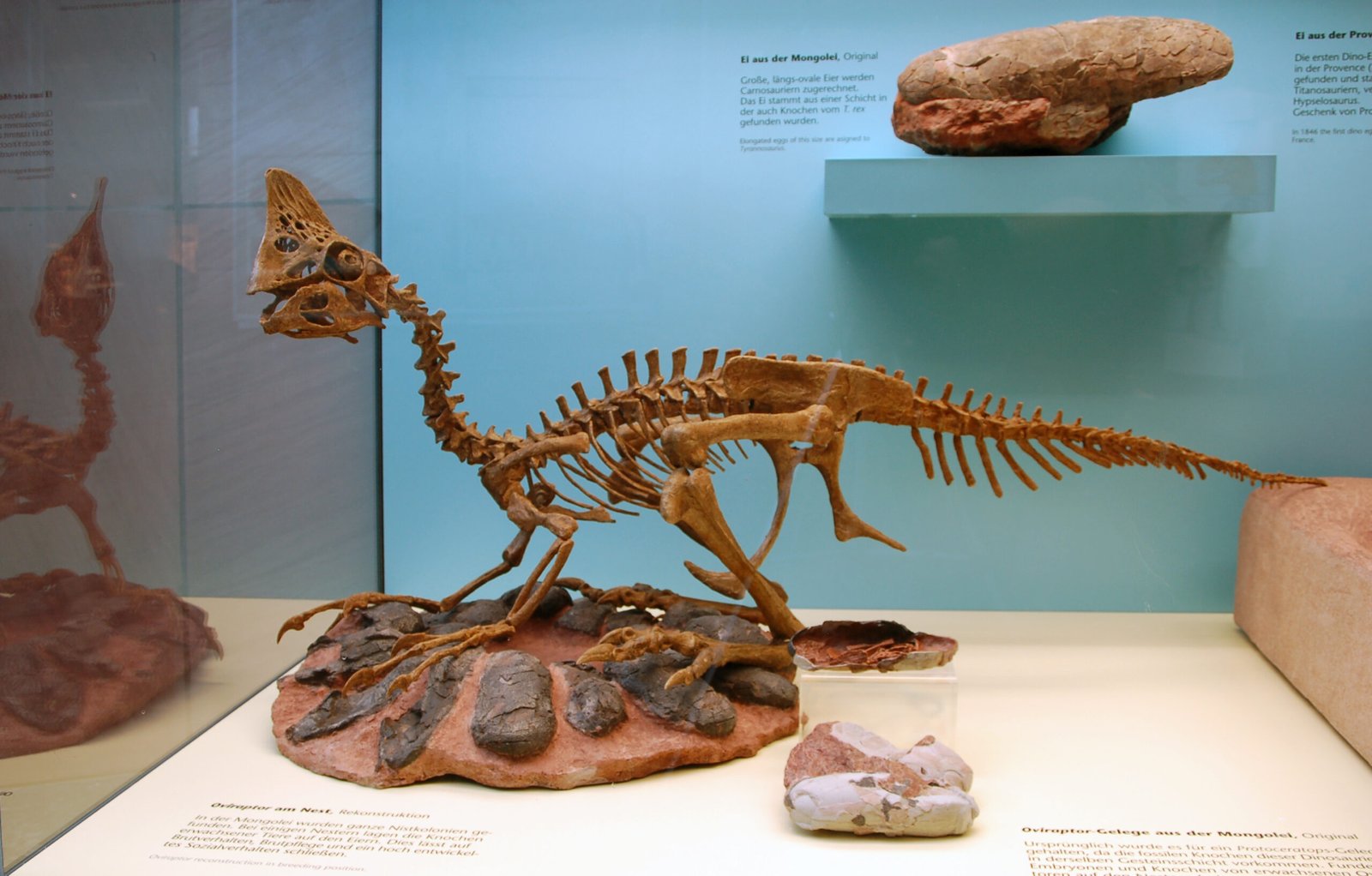
When a dinosaur skeleton was found over a clutch of eggs, the narrative almost wrote itself: a thief caught in the act. Later discoveries revealed the truth – those eggs belonged to its own kind, and the animal was brooding, not stealing. Reframing Oviraptor as a caregiver transformed ideas about dinosaur behavior and deepened links between dinosaurs and modern birds.
Clutch arrangements, embryo bones, and nesting sites gave behavior the same evidentiary footing as bones and teeth. One hasty label had obscured an intimate scene of prehistoric parenting.
Upside Down and Back to Front: Hallucigenia’s Great Flip
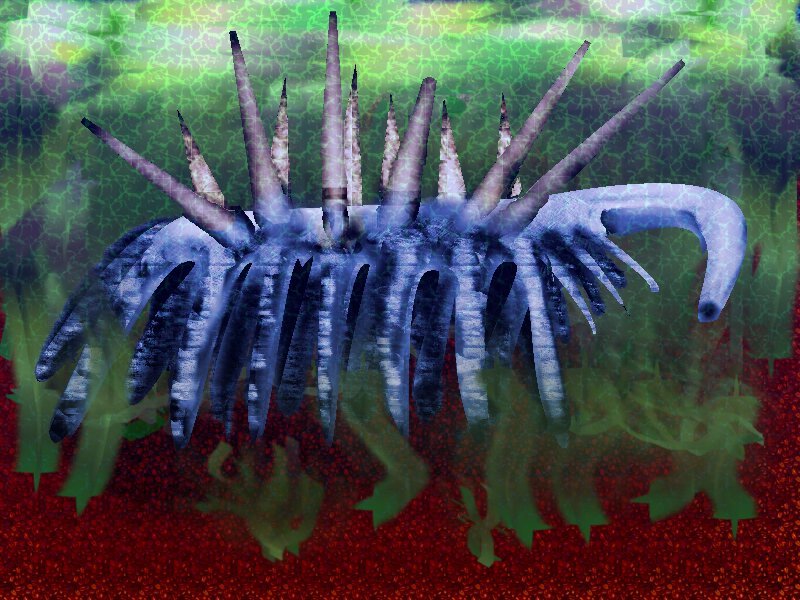
Few fossils symbolize scientific humility like Hallucigenia, first reconstructed with its spines as legs and its head on the wrong end. Newer specimens and microscopy revealed the true orientation, complete with claws and a more sensible head. This wasn’t just a parlor correction; it refined the placement of lobopodians on the tree of life and clarified early animal body plans.
The episode also spurred method upgrades – better imaging, careful comparison, and a willingness to overturn a beloved illustration. Weirdness remained, but now it was anchored to anatomy instead of guesswork.
The Fossil That Fooled the World: Piltdown’s Long Shadow
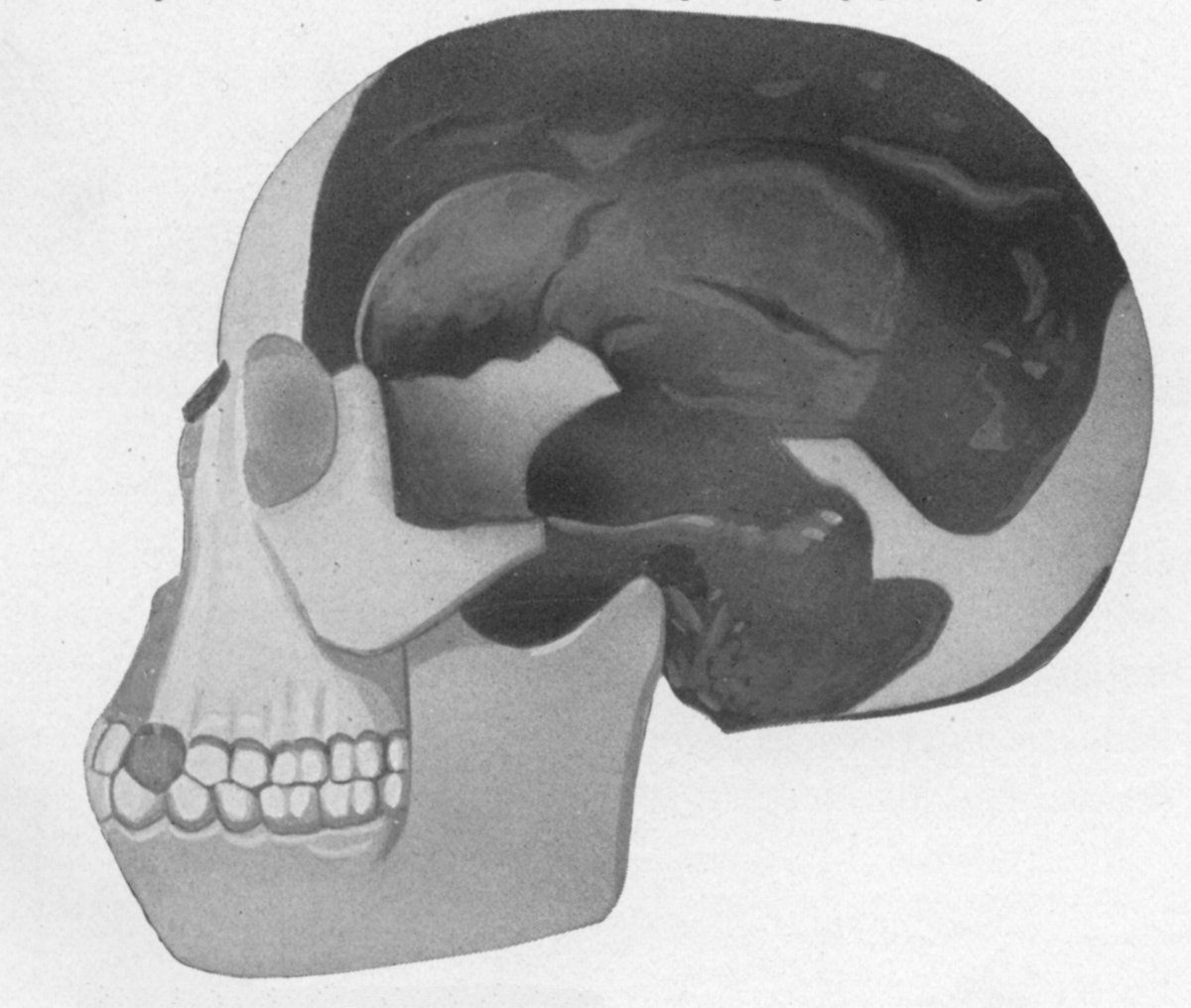
Presented as the missing link, a skull-and-jaw combo from England propped up a neat story about human evolution – until chemistry and microscopy exposed it as a planted composite. The Piltdown affair derailed research threads and fed nationalistic narratives, but it also triggered a methodological reckoning. Routine tests for age, context, and tampering became standard rather than optional.
In a paradoxical way, the scandal professionalized parts of paleoanthropology, tightening standards and tamping down wishful thinking. The cost was real; the upgrade was lasting.
A Patchwork “Bird”: The Archaeoraptor Wake-Up Call
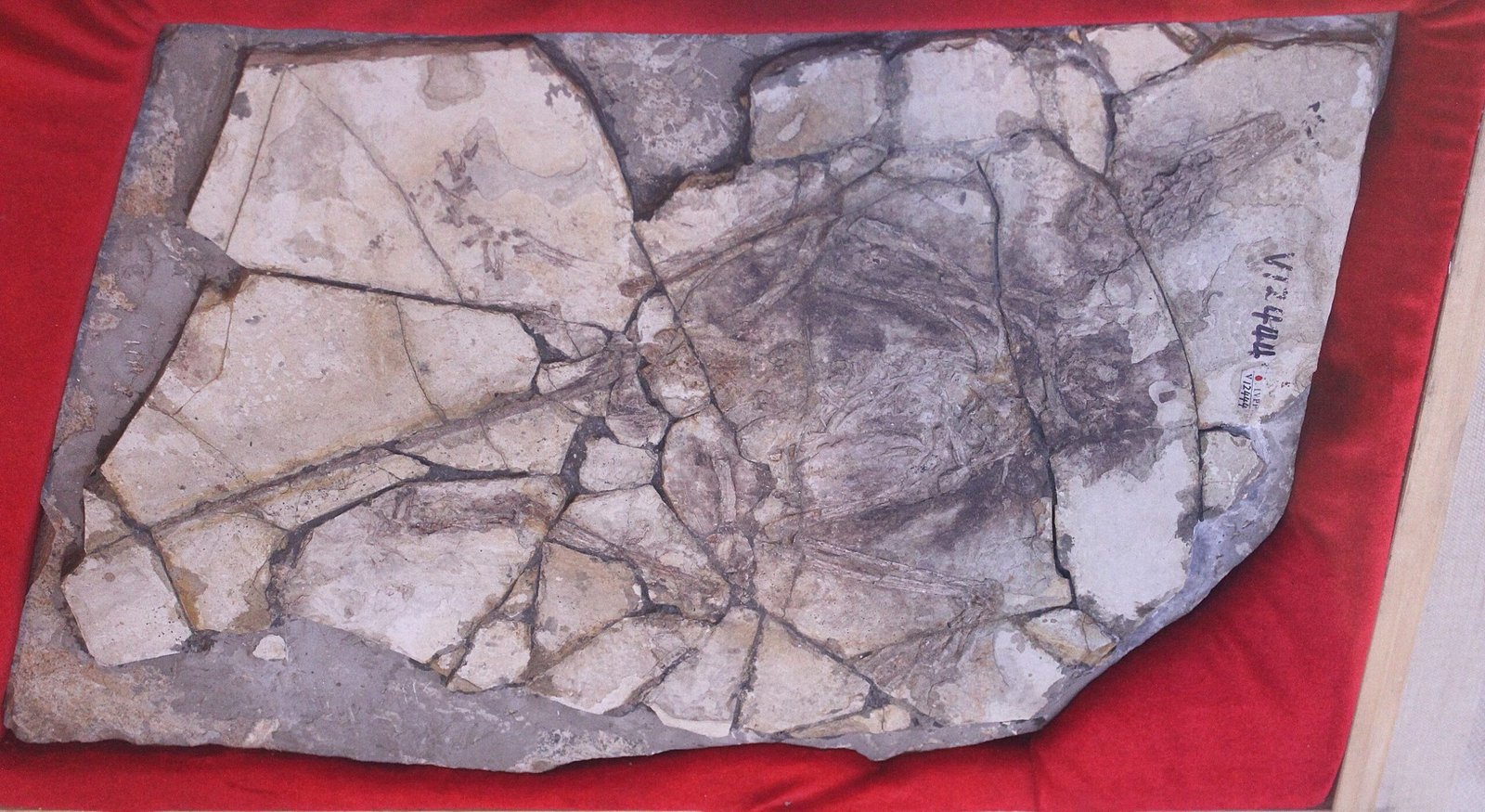
Hyped in the late 1990s as a feathered link, Archaeoraptor turned out to be a glued-together chimera – tail from one species, body from another. Noninvasive imaging and careful anatomical work dismantled the claim quickly, but the embarrassment lingered. The case changed how fossils are vetted, especially those traveling murky routes from field to market.
Today, provenance trails, CT scanning, and cross-lab verification are more than best practices; they’re gatekeepers. The episode also reminded everyone that extraordinary claims need extraordinary, transparent evidence.
Why It Matters
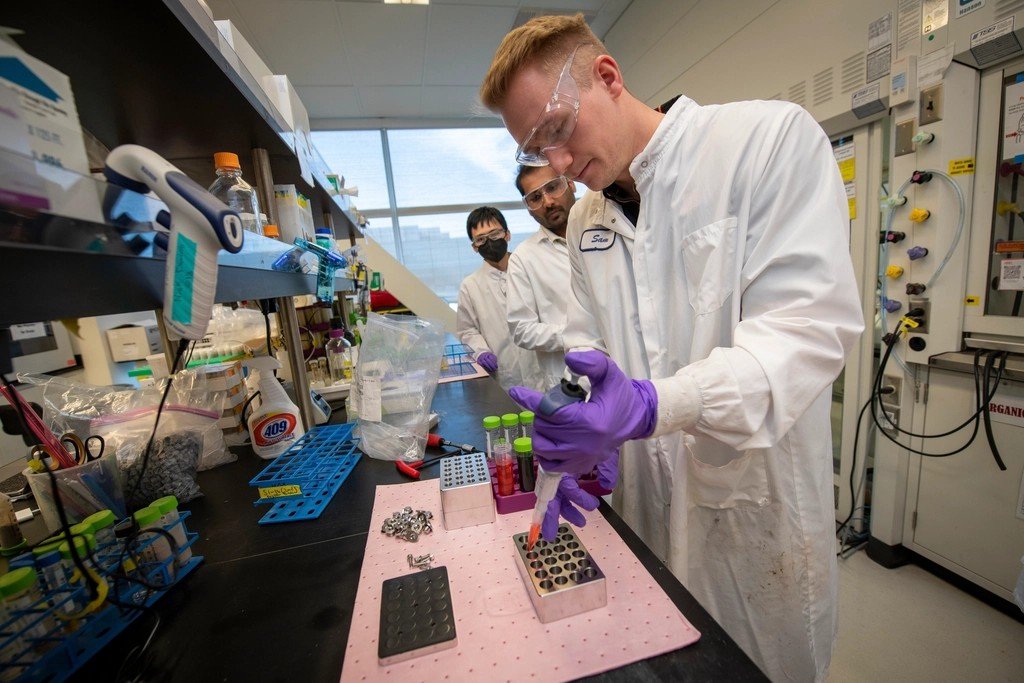
Misidentifications are not footnotes; they’re the engine of self-correction that keeps science honest. Each wrong turn forced new tools – radiometric dating, CT imaging, stable isotope analysis – to move from interesting add-ons to standard protocol. They trimmed the space for speculation and expanded the space for measurement, making reconstructions sturdier and narratives less fragile.
Compared with traditional, authority-driven approaches, modern practice leans hard on repeatable methods, open data, and cross-disciplinary checks. That cultural shift, born from past mistakes, is why a single fossil today can spawn a dozen independent tests before it earns a label.
The Future Landscape
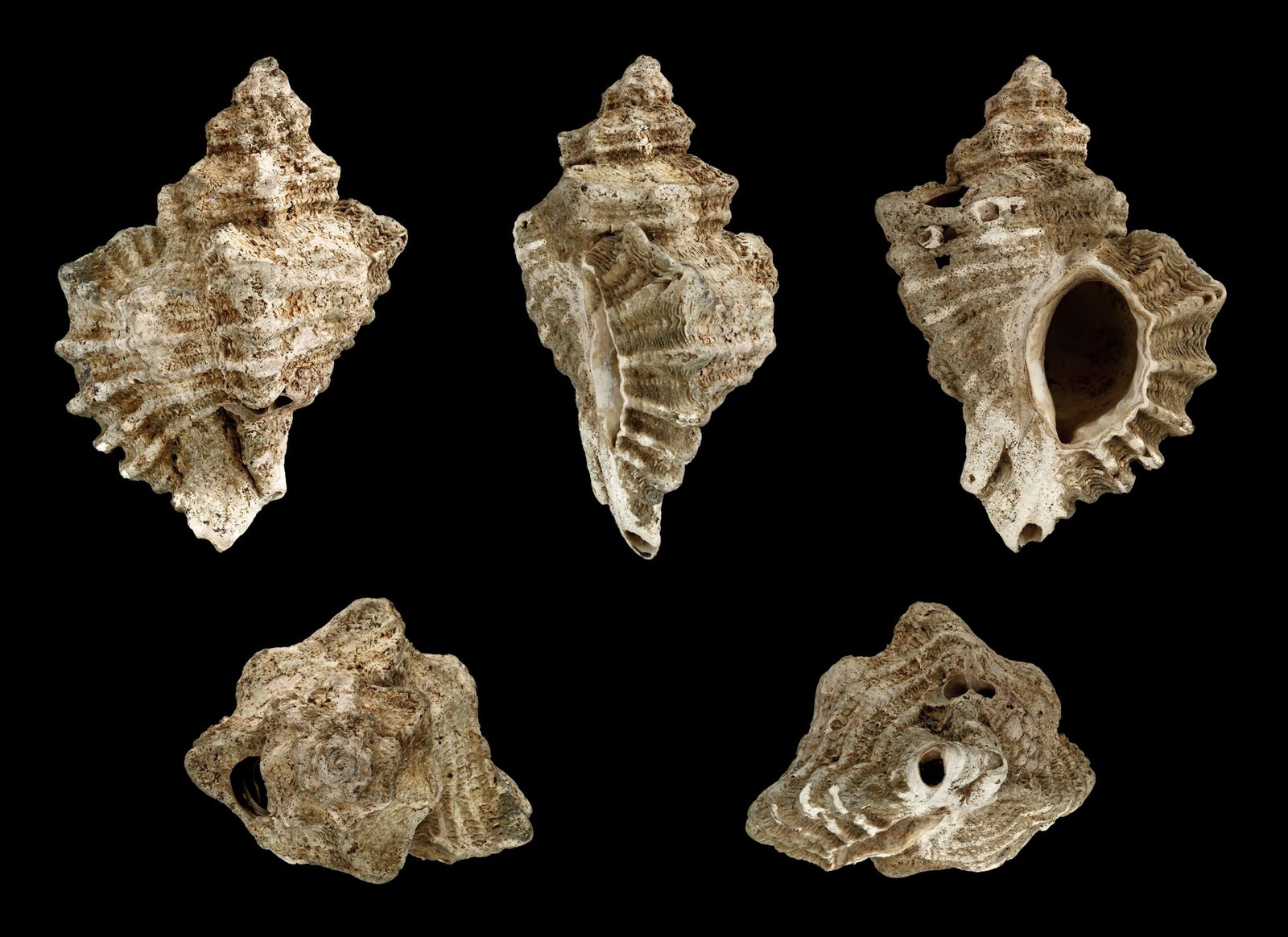
Next-generation imaging – from synchrotron microtomography to phase-contrast CT – will peer into fossils without cracking them, resolving growth rings, soft-tissue impressions, and hidden sutures. Molecular methods like collagen fingerprinting and ancient protein sequencing are poised to clarify identities where DNA can’t survive. Meanwhile, geochemical tools will map diet and habitat onto teeth and bones with striking precision.
Expect stricter provenance requirements, blockchain-style tracking for high-value specimens, and machine-learning tools that flag anatomical mismatches before they hit headlines. The challenge is as human as ever: balancing excitement with rigor, so speed doesn’t outrun the evidence.
Global Perspectives
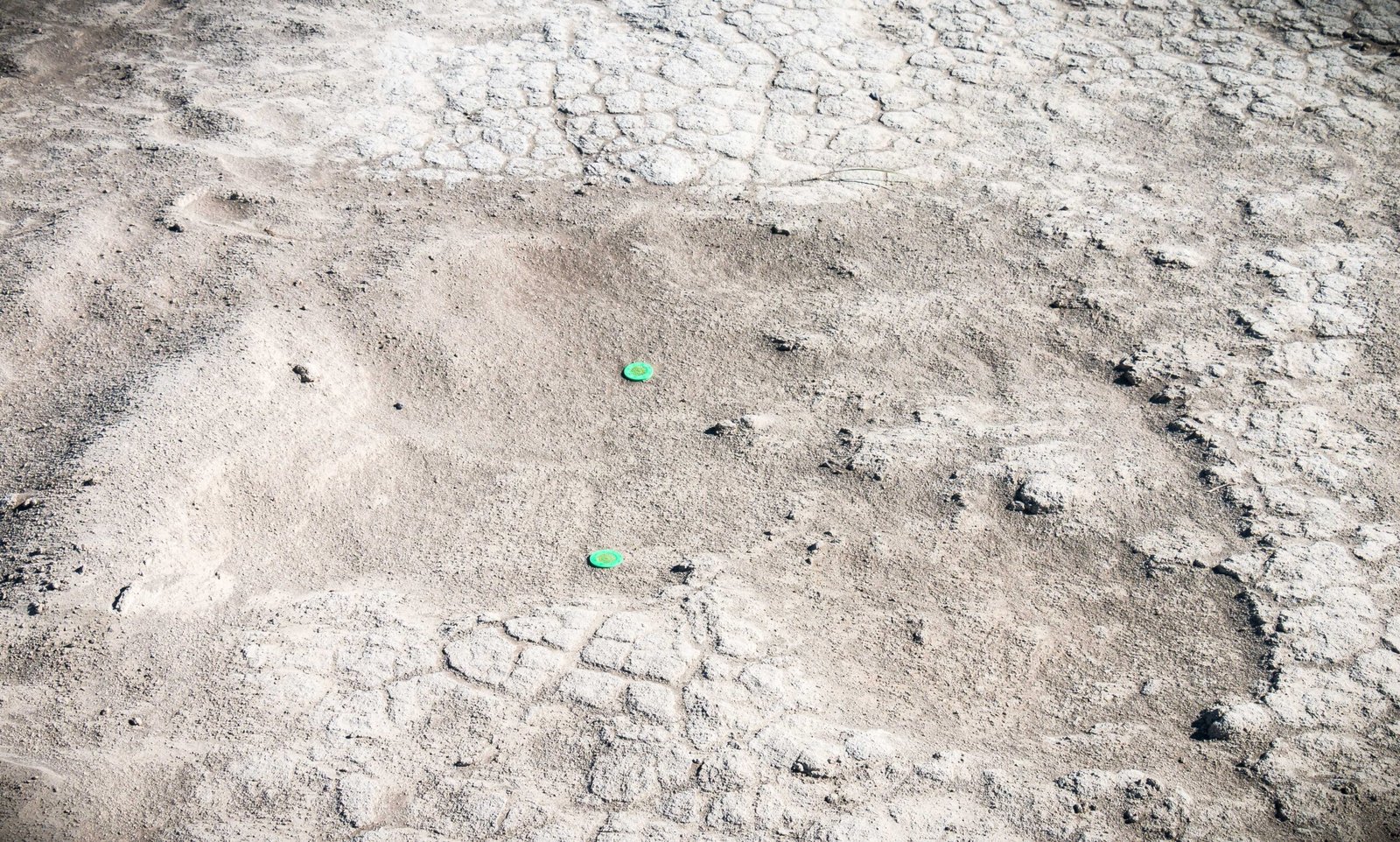
Fossil-rich regions across Asia, Africa, and South America are reshaping narratives long dominated by European and North American finds. As local labs gain access to advanced imaging and dating, interpretations increasingly arise where fossils are found – not just where they’re displayed. That shift reduces misidentifications born from cultural bias and limited comparative collections.
Collaborative permits, shared databases, and equitable authorship are more than ethical progress; they’re scientific upgrades. The broader the vantage point, the fewer the blind spots – and the stronger the corrections when errors slip through.
From Ancient Tools to Modern Science
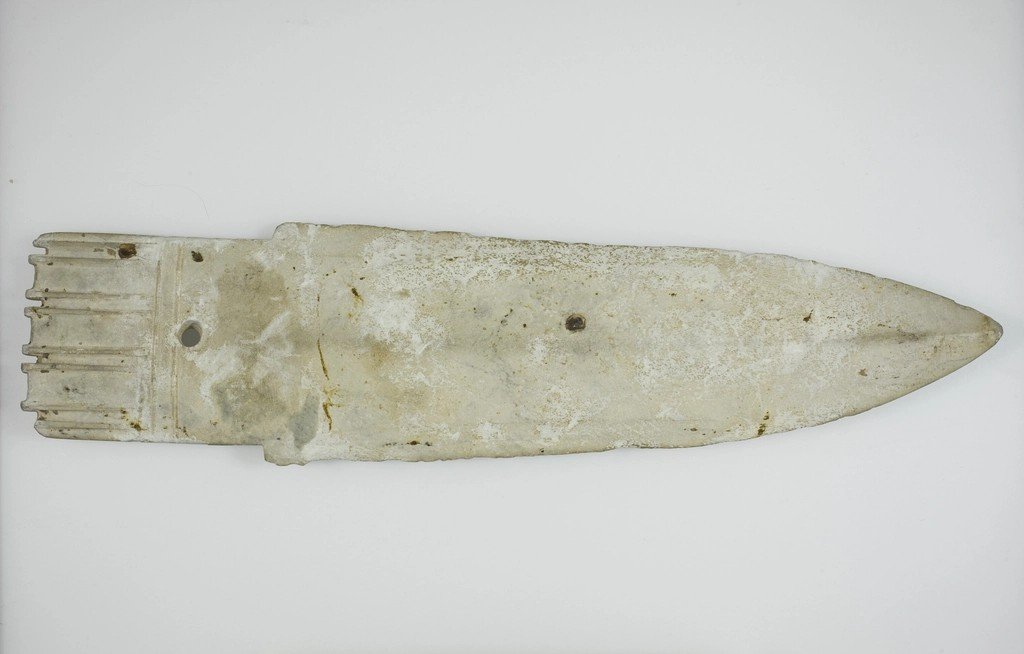
Looking back, the journey from “thunderstones” to handaxes mirrors the path from curiosity cabinets to research-grade collections. Every correction tightened the loop between hypothesis and test, nudging prehistoric studies from storytelling toward predictive science. You can feel that momentum in labs where a single fragment is scanned, sampled, and modeled before anyone dares to name it.
It’s the difference between seeing a pattern and proving one. And it’s why today’s revisions, though sometimes humbling, land faster and hit harder than ever before.
Conclusion
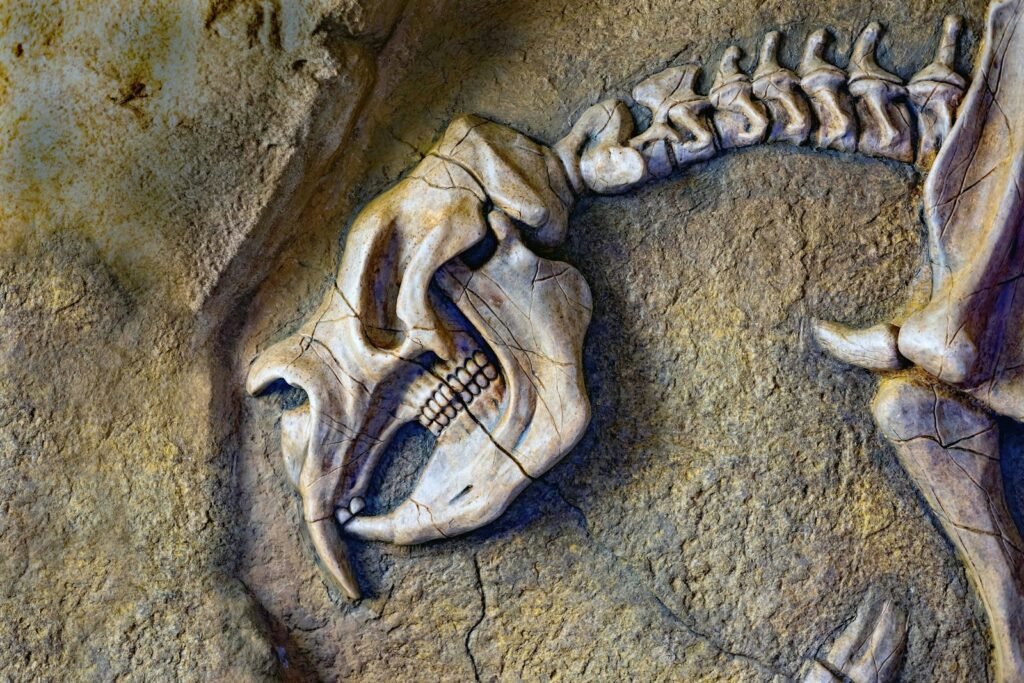
Support the places that do the slow, careful work: local museums, university collections, and field schools that document context as carefully as they clean bone. If you stumble on a fossil, photograph it in place, record the location, and contact regional experts – context can be more precious than the specimen itself. Be wary of sensational claims without transparent methods or provenance, and reward outlets that show their homework.
Most of all, embrace corrections as a feature, not a flaw. Each one sharpens the picture a little more – and invites us to look again with better eyes. Isn’t that the most thrilling part of science?

Suhail Ahmed is a passionate digital professional and nature enthusiast with over 8 years of experience in content strategy, SEO, web development, and digital operations. Alongside his freelance journey, Suhail actively contributes to nature and wildlife platforms like Discover Wildlife, where he channels his curiosity for the planet into engaging, educational storytelling.
With a strong background in managing digital ecosystems — from ecommerce stores and WordPress websites to social media and automation — Suhail merges technical precision with creative insight. His content reflects a rare balance: SEO-friendly yet deeply human, data-informed yet emotionally resonant.
Driven by a love for discovery and storytelling, Suhail believes in using digital platforms to amplify causes that matter — especially those protecting Earth’s biodiversity and inspiring sustainable living. Whether he’s managing online projects or crafting wildlife content, his goal remains the same: to inform, inspire, and leave a positive digital footprint.

